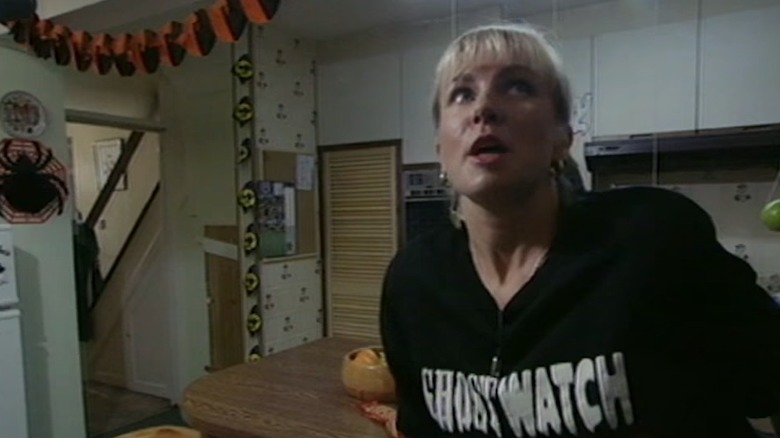
There is a thin line between the mockumentary and the pseudo-documentary. While both categories warp the concept of non-fiction filmmaking, mockumentaries are satirical and often comedic, while pseudo-documentaries exist in the horror space. Think "Best in Show" versus "Cannibal Holocaust". The pseudo-documentary uses the idea of the truth to weaponize our fear. The more real the film seems, the scarier it is to the viewer. Yes, it's only a movie, but a good pseudo-documentary will worm its way into the back of your brain, asking, "But what if it is real?"
This category of film is often included in discussions of found footage films in general, as both try to convince the viewer what they're watching is real. Found footage is typically footage that is, well, found and is presented as unedited evidence of a crime, haunting, creature, or anything terrifying, but, with the pseudo-documentary, the filmmakers utilize interviews and seemingly archival interviews to follow the formal structure of the documentary. It's very obviously edited, with various sources of footage used to create deeper context and a more detailed world. It's harder to deny the reality of a film when there's seeming news footage about what happened. This blurs the boundaries of what's real even more than the typical found footage movie.
So whether you're new to the subgenre or a seasoned pro, we've rounded up and ranked the 15 best horror pseudo-documentaries below!
Howard's Mill
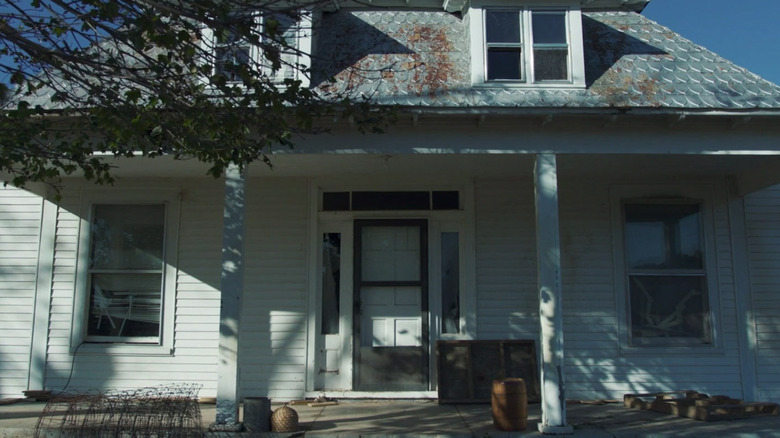
This recent pseudo-documentary release is more in the vein of "Lake Mungo" in how it builds a story about grief around the potential existence of other dimensions. After the mysterious disappearance of his fiance, Wayne Richie (Jeremy Childs) contacts a documentary crew to help him find her. When I say strange, I mean she seemingly vanished off the face of the earth. They were walking through Howard's Mill when one minute she was there, and the next she was not. Wayne doesn't understand and wants to find answers. As the team digs into the property's history, they realize it's been the site of several disappearances over 40 years.
This film more closely follows the typical documentary format, as there's no "found footage" at its core. Instead, it's a crew of investigators trying to find answers. There isn't a monster or demon chasing our characters, but a sense of dread hangs over the film. It's oppressive, sad, and proof that the subgenre is still alive and well.
Digging Up The Marrow
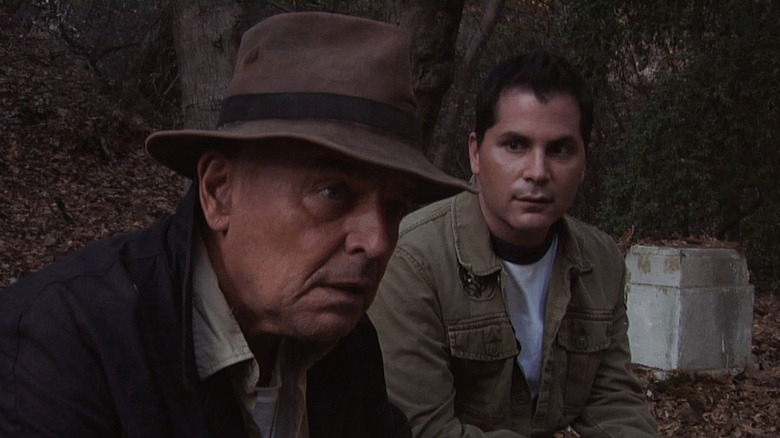
Adam Green's "Digging Up the Marrow" seems like an actual documentary about monsters and their role in horror films. Green even interviews horror icons such as Kane Hodder about the genre, but the "documentary" swerves into bizarre territory when a man named William Dekker (Ray Wise) contacts Green and says he can prove the actual existence of monsters. Intrigued, Green contacts Dekker who tells him about a place called the Marrow where monsters live. Dekker takes Green to the entrance, and he captures something on camera.
The monsters, designed by artist Alex Pardee, are shocking, twisted mounds of flesh that screech when exposed to the light. While Green thinks he's being tricked by Dekker, he slowly realizes that this may just be true. Monster movies are hard to pull off in found footage due to the DIY and low-budget nature of the subgenre, but Green and Pardee work to create effective monsters that work well with the format. That is technically impressive alone, but with Wise's performance and a compelling story, "Digging Up the Marrow" is both hilarious and downright scary.
The Conspiracy
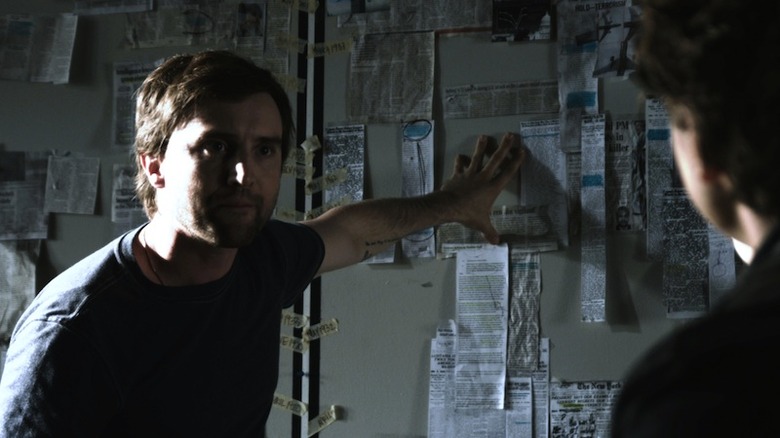
"The Conspiracy" is a look at documentaries about conspiracy theories and the people that believe them. Filmmakers Aaron and Jim (Aaron Poole and James Gilbert) watch a video of a local conspiracy theorist named Terrence (Alan Peterson) online and decide he's the subject of their next movie. As they interview him, he spews theories about 9/11 and World War I, connecting them all to something called the Tarsus Club. It's supposedly a cult-like organization that has influenced history for over a century.
While Jim remains skeptical, Aaron is more sympathetic and buys into Terrence's claims. When Terrence disappears, the filmmakers become more convinced that something truly strange is going on with his research. The more they dig into the evidence Terrence left behind, the deeper the two men spiral into a conspiracy theory that's more than just tenuous threads collected by a crazed man on the internet. As expected, the Tarsus Club doesn't take kindly to investigative journalists.
Incident At Loch Ness
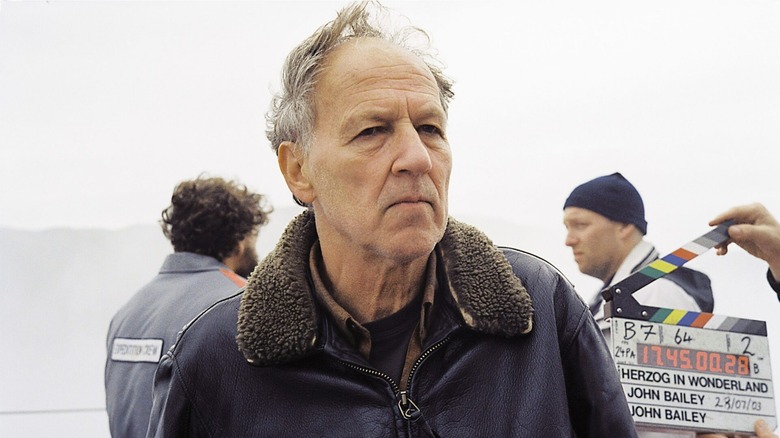
Did you know that Werner Herzog made a found footage movie? Well, now you do! The acclaimed (and strange) German director co-wrote and starred in "Incident at Loch Ness," which was directed by Zak Penn. Herzog stars as a director who wants to make a documentary about the myth around the Loch Ness monster. He doesn't believe it's real and wants to document how it's grabbed the public's imagination.
However, his producer also hires another documentary team to film Herzog and show just how difficult it is to work with the director. Then, on top of that, Herzog's disbelief is challenged as the crews traverse that vast loch. Herzog has a sense of humor and isn't just the snobbish auteur he appears to be. I mean, he co-wrote and acts in a found footage cryptid creature feature. There's no doubting that he has incredible range as a filmmaker. Of course, Herzog sprinkles in his brand of strangeness and ambiguity, leaving his mark on "Incident at Loch Ness".
Butterfly Kisses
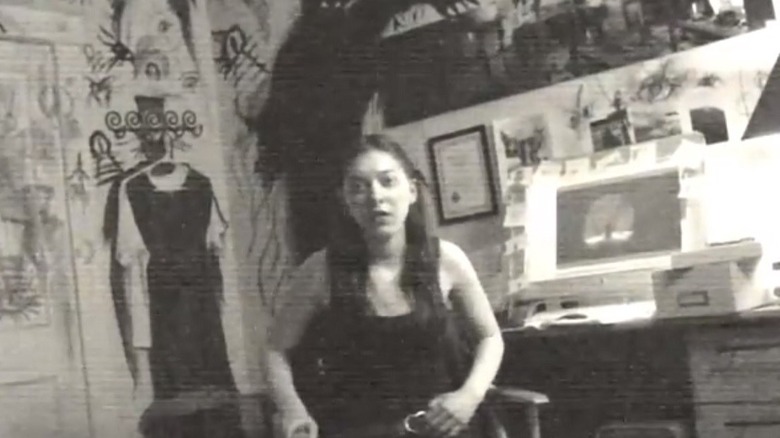
"Butterfly Kisses" is a pseudo-documentary about a documentary about a documentary. Yes, you read that correctly. The initial documentary is by two students who are making a final project about an urban legend called "Peeping Tom". If you stand at one end of a tunnel and watch it unblinking for 60 minutes, he'll appear and get closer and closer to you every time you blink.
A desperate filmmaker finds their footage and wants to see if that legend is real. His investigation is intercut with footage that he's actively discovering while doing research. As the filmmaker begins to break down, so do the students, as they realize that the legend is very real. It sounds complex — and it is — but director Erik Kristopher Myers, who sadly died in 2021, handles the subject matter carefully, balancing it all to create a creepy piece of urban legend horror. The way "Butterfly Kisses" handles these multiple narratives earns it a place on this list.
Hell House LLC
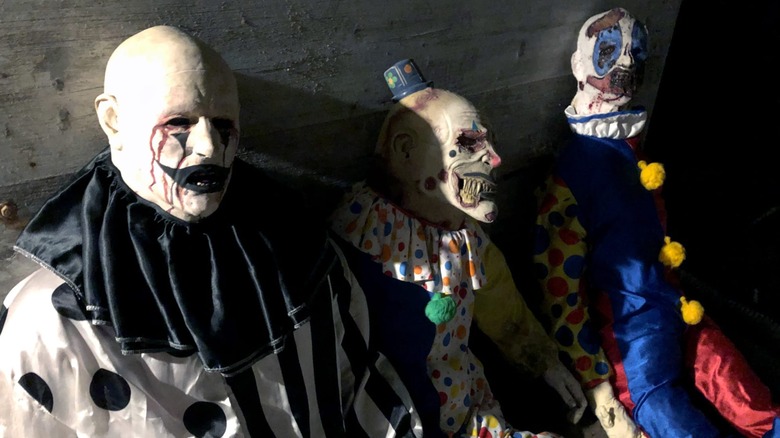
While it may not seem like "Hell House LLC" is a pseudo-documentary, it's framed as one before and after diving into the discovered footage of the doomed haunt crew. A documentary crew sets up the stakes with cell phone footage from a couple that attended the haunt on that fateful night.
News clips and interviews with local historians provide the context for what happened as well as the history of the cursed Abaddon Hotel. This hotel is where a desperate group of haunt builders choose to build their next experience in hopes of recouping their money from a previous haunt. However, the hotel wants souls and they're next up on the list. "Hell House LLC" doesn't dive right into the footage but instead takes its time to build tension through documentary techniques. Plus, it has some of the scariest found footage imagery, thanks to the strategic use of horrific clown dolls.
Behind The Mask: The Rise Of Leslie Vernon
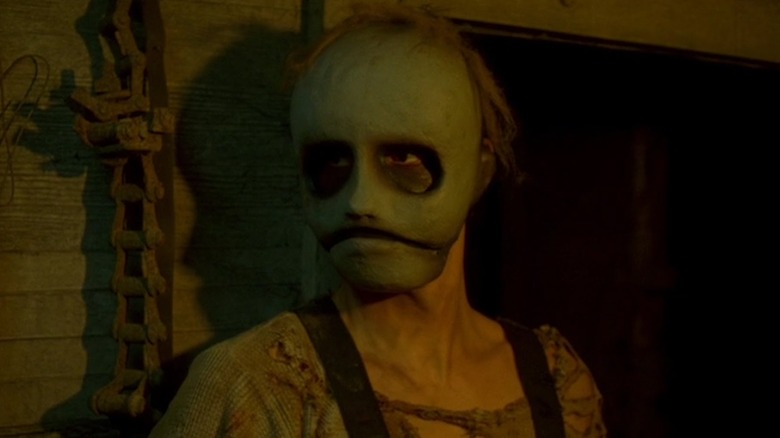
Of the films on this list, "Behind The Mask: The Rise of Leslie Vernon" is the closest to a mockumentary. It's much funnier than the rest of the entries and serves as a parody of the slasher genre. Leslie Vernon (Nathan Baesel) is an aspiring serial killer who enlists a documentary crew to follow him as he trains for his upcoming killing spree.
However, Leslie Vernon doesn't want to be just another run-of-the-mill murderer. He wants to be a slasher villain who inspires an entire horror movie franchise. His goal is to be immortalized for his crimes. He even has a mentor who helps him work through his backstory and "legend." Meanwhile, the team is complicit in his crimes as they watch and ask questions about his process. While much of the film is footage of Vernon's training, there are also talking head interviews with previous slasher villains and horror movie actors (including Zelda Rubinstein!) that make the film feel all the more real. It's a unique take on meta-horror and invasive journalistic practices.
The Tunnel
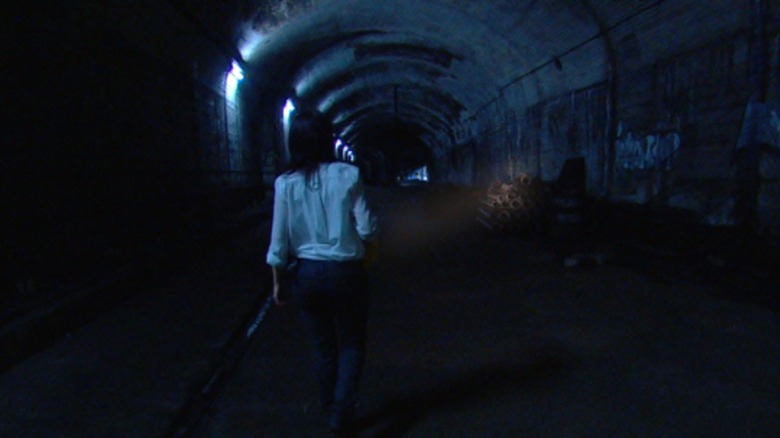
This 2011 Australian pseudo-documentary is incredibly overlooked and contains one of the scariest found footage monsters. "The Tunnel" is centered on a film crew investigating a series of strange tunnels running underneath Sydney. Along with this footage, the surviving crew members recount what happened down there and provide further context around the disturbing video.
As the crew descends into the city's depths, they discover that the government wasn't so truthful with why these tunnels are closed off. There's a moment when the creature lurking in the shadows picks up the camera and films our protagonists, which is a terrifying inversion of what we expect in found footage. No longer are we seeing through a person's eyes, but a monster's. We are aligned with its POV, which disorients our position and implicates us in whatever it does next. It's deeply unnerving, and paired with the amount of gore on screen, "The Tunnel" cements itself as one of the best pseudo-documentaries out there.
The Last Broadcast
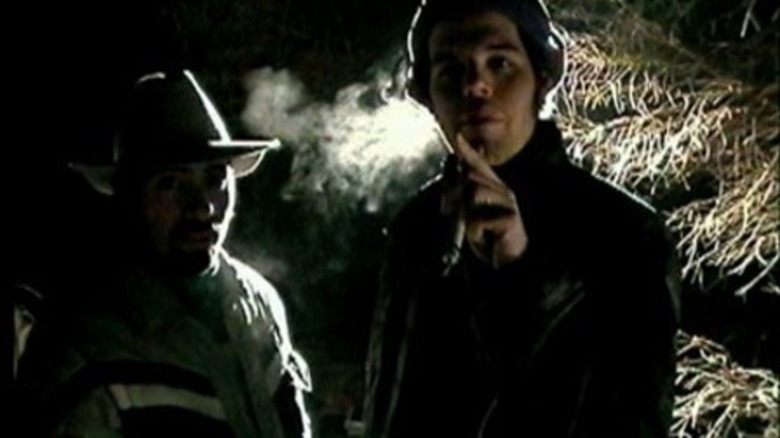
Released in 1998, a whole year before "The Blair Witch Project," "The Last Broadcast" is another example of early found footage horror. The film is framed as a documentary about the disappearance of a film crew in the Pine Barrens of New Jersey. This is the supposed home of the cryptid known as the Jersey Devil. The crew is barebones, made up of just two hosts of a public access show and their cameraman. They're trying to do one of their first-ever live broadcasts from the field as they investigate the Jersey Devil.
"The Last Broadcast" isn't just scary. It's a fascinating look at the early influences of the internet on both film and people in general. Cameraman Jim (Jim Seward) is accused of murdering the hosts, but filmmaker David Leigh (David Baker) isn't so sure. As he investigates what could've truly happened that night, secrets are revealed that call into question the intent of the film. It's not perfect, but it's another crucial piece of found footage history, particularly in the development of the pseudo-documentary.
Savageland
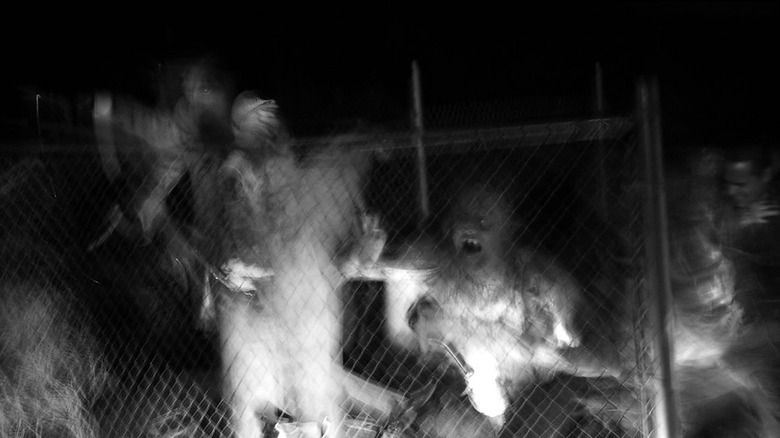
"Savageland" is a unique pseudo-documentary because it doesn't revolve around video footage. Instead, the "found footage" is a series of increasingly disturbing photographs that reveal the horrors that unfolded in a small town in Arizona near the Mexican border. In a single night, the entire town is massacred, except for Carlos (J.C. Carlos), a Mexican immigrant who loves to take photos. At first, he's arrested and convicted of committing this mass slaughter, but as the case unfolds, his photos reveal that something much stranger happened that night.
Not only is the film downright chilling in its implications, but it's also a surprisingly poignant look at immigration and the prevalent racist attitudes towards Mexican immigrants. Simply because he is undocumented and not white, he's immediately labeled dangerous. News clips and interviews are intercut with these photos, building a story that's bigger than just that of the strange monsters Carlos caught on camera. This use of photographs hadn't happened before. "Savageland" expands the notion of what pseudo-documentaries can be.
Cannibal Holocaust
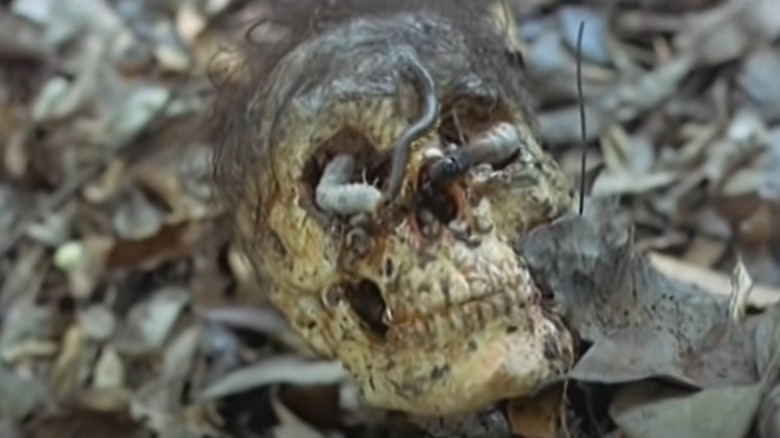
Considered the first found footage movie, the 1980 film "Cannibal Holocaust" was so convincing that director Ruggero Deodato was arrested and charged for the murders of the characters. He had to explain that those people weren't documentary subjects, just actors. This speaks to how closely Deodato follows the documentary format as well as how revolutionary the format was for a narrative film in the 1980s.
"Cannibal Holocaust" begins with a rescue mission to the Amazon to find a missing documentary crew. What the team finds is a film of the crew, that captures their final days. The footage reveals a cannibalistic tribe that tortures and feasts on the filmmakers. Due to the graphic violence and actual slaughter of animals in the film, it was banned in several countries. Found footage films are known for garnering such a reputation. Between that and its status as the progenitor of the found footage subgenre, "Cannibal Holocaust" deserves a place high on this list.
The Poughkeepsie Tapes
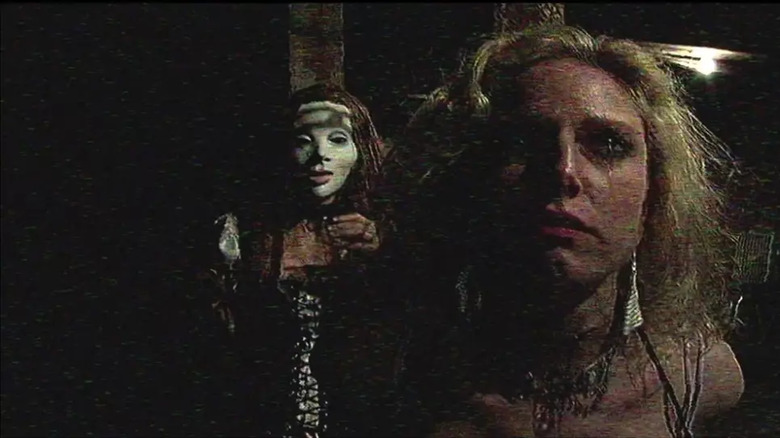
Are you looking for a movie that will leave you feeling empty and pretty damn upset as the credits roll? Then John Erick Dowdle's "The Poughkeepsie Tapes" is the one for you. While the film is known for its harrowing depiction of a killer and his victims, the footage is framed with interviews about the discovery and viewing of the tapes. The tapes were discovered at the crime scene of a prolific serial killer. Hundreds of tapes were left for law enforcement to find, neatly labeled and ready to be viewed.
The contents of the tapes are deeply upsetting as the footage reveals a killer's evolution into a depraved stalker who records his hunts as theatrical trophies for his exploits. Talking head interviews explain the extremely disturbing nature of the footage, providing context for how dangerous this killer is. It's by far the hardest film on this list to watch, and it feels dangerous, almost as if this is something we shouldn't be watching at all. Yet, that's what makes "The Poughkeepsie Tapes" so important. It pushes the boundaries of what we're able to stomach.
Ghostwatch
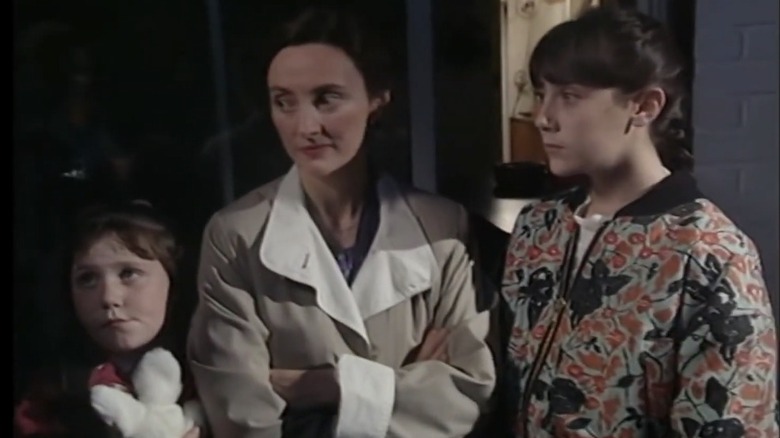
The story behind "Ghostwatch" is just as important as the broadcast itself, as the British made-for-TV special was marketed as a live documentary about of a real haunting. All of the news broadcasters in the film were actual well-known hosts and journalists in England, so they lent a massive air of credibility to the film.
The special follows Sarah Greene (playing herself) as she goes to the home of a single mother of two young daughters who believe their house is haunted. It's a play on the tale of the Enfield Poltergeist, one of the most famous hauntings in England. As the investigation progresses, "viewers" (actually actors) call in to say they see evidence of paranormal activity, essentially helping build the terror of the story. As the haunting seemingly spreads to the news studio, real viewers across the country, to put it simply put, lost their damn minds. People thought the haunting was real and they were becoming possessed. It caused a massive stir, which makes this pseudo-documentary such an important piece of horror film history.
Noroi: The Curse
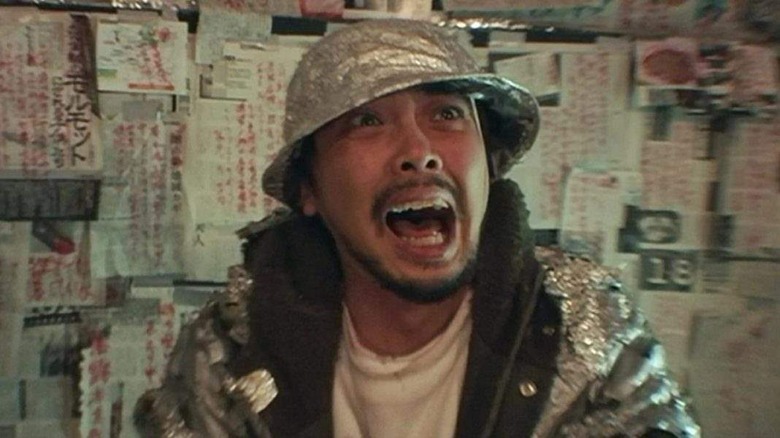
Japanese filmmaker Koji Shiraishi has a penchant for found footage horror. Perhaps his most well-known and successful film is 2005's "Noroi: The Curse," and like "Lake Mungo," it's an overall terrifying horror film. The film begins with renowned paranormal investigator Kobayashi (Jin Muraki) looking into a client's report of strange noises. As he falls deeper into a supernatural rabbit hole, that single report of weird sounds turns into something much larger than Kobayashi could've ever guessed.
This pseudo-documentary utilizes Kobayashi's footage along with clips from Japanese gameshows and surveillance footage from a young woman's bedroom to build a story that exists on a massive scale. The fictional filmmakers piece together a complex and haunting mystery that centers on a bizarre cult with some rather upsetting practices. "Noroi: The Curse" is an early example of the pseudo-documentary that demonstrates how ghosts and monsters can be created in the subgenre. It doesn't have to be quick glimpses of ghosts or shadows – there are many ways to "capture" monsters.
Lake Mungo
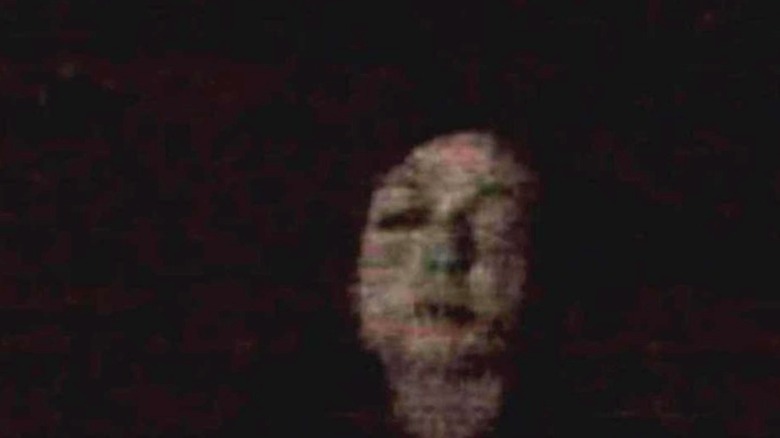
Director Joel Anderson's 2008 film "Lake Mungo" is one of the saddest horror movies ever made and one of the most terrifying. This pseudo-documentary follows the Palmer family after the drowning of their daughter Alice (Talia Zucker). At first, it seems like a run-of-the-mill spoof of a ghost-hunting show as the family describes a supposed haunting, but as the film progresses, more devastating secrets are revealed about Alice's death.
"Lake Mungo" becomes an almost cosmic horror story mixed with a story of sexual abuse. Ultimately, it's a film about the isolating and individual experience of grief and its many manifestations. Plus, Anderson doesn't try to make his characters completely likable. Each family member is complicated and doing their best to keep their heads above water. However, that doesn't mean they don't make mistakes as they each process their loss. It's utterly heartbreaking and a testament to the power of both the horror genre and how well a pseudo-documentary can imitate reality. "Lake Mungo" is the gold standard of the subgenre.
Read this next: Horror Movies That Even Horror Fans Could Hardly Finish
The post The 15 Best Pseudo Documentaries, Ranked appeared first on /Film.
0 Comments